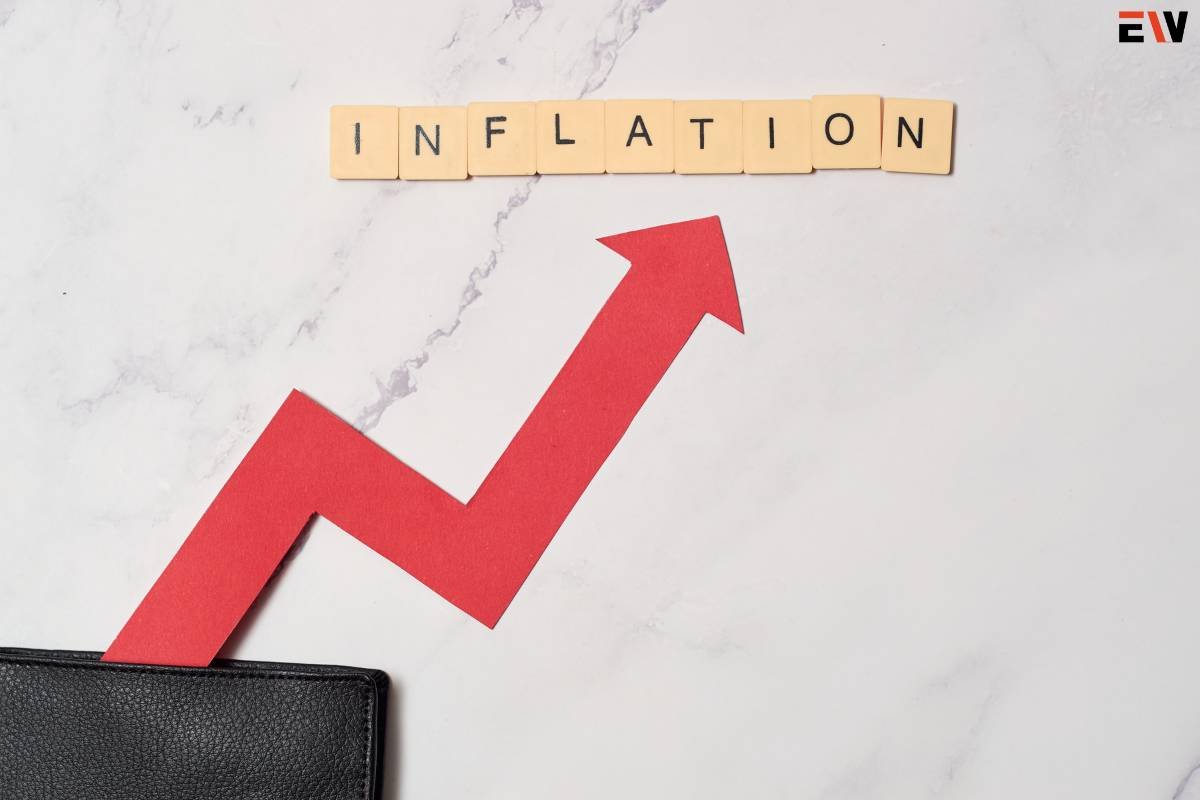November Data Reveals Continuing Surge
Recent data analysis from Bloomberg indicates a persistent surge in prices within the United States, with November’s expected core inflation to have risen by 4.0% compared to the previous year. This increase aligns with October’s figures, maintaining the upward trajectory despite efforts to strip out the more volatile costs of food and gas.
Factors Influencing Core Prices
Bank of America’s U.S. economist, Michael Gapen, highlighted key elements driving this surge. He emphasized that categories like lodging away from home and used cars, previously experiencing a decline in prices, are anticipated to contribute to a “firmer core.” Gapen explained, “We expect used car prices to increase because wholesale prices temporarily rose in both August and September amid concerns over the UAW strike.” Additionally, he foresees a rebound in lodging away from home, attributing it largely to the expectation of a reversion to the mean post a substantial drop in October.
However, Gapen cautioned that beyond these influential factors, the data is expected to lean towards supporting disinflation. He asserted, “Aside from these swing factors, we expect the data to be relatively supportive of disinflation.”
Federal Reserve’s Stance and Market Expectations
Despite inflation significantly surpassing the Federal Reserve’s 2% target, investors are showing confidence that the Fed won’t raise rates in December. Recent dovish commentary from Federal Reserve officials, particularly from Fed governor Christopher Waller, has reinforced this sentiment. Waller expressed his confidence in the current interest rate level’s ability to combat inflation, echoing the prevailing market sentiment.
Market indicators, as of Monday, strongly suggested a nearly 100% likelihood that the Federal Reserve will maintain unchanged rates in December, based on data from the CME Group. However, market expectations differ regarding the timeline for rate adjustments. While markets anticipate a potential rate cut in March, Bank of America diverges, predicting that the first Fed rate cut may not come until June.
Gapen from Bank of America noted, “In recent days, the market has priced in a high likelihood of the first cut being in March, particularly after comments from Governor Waller that were perceived to be dovish. We think that this is likely too early given our labor market and inflation outlook.” He added that while an earlier cut in March remains a possibility, it would hinge on significant weaknesses in labor, activity, and inflation data.
The data release is anticipated to provide further insights into the ongoing battle against inflation and the Federal Reserve’s approach to balancing economic stability. As markets remain sensitive to potential shifts in policy, all eyes are on the upcoming reports for clearer indications of the future trajectory of U.S. monetary policy.










